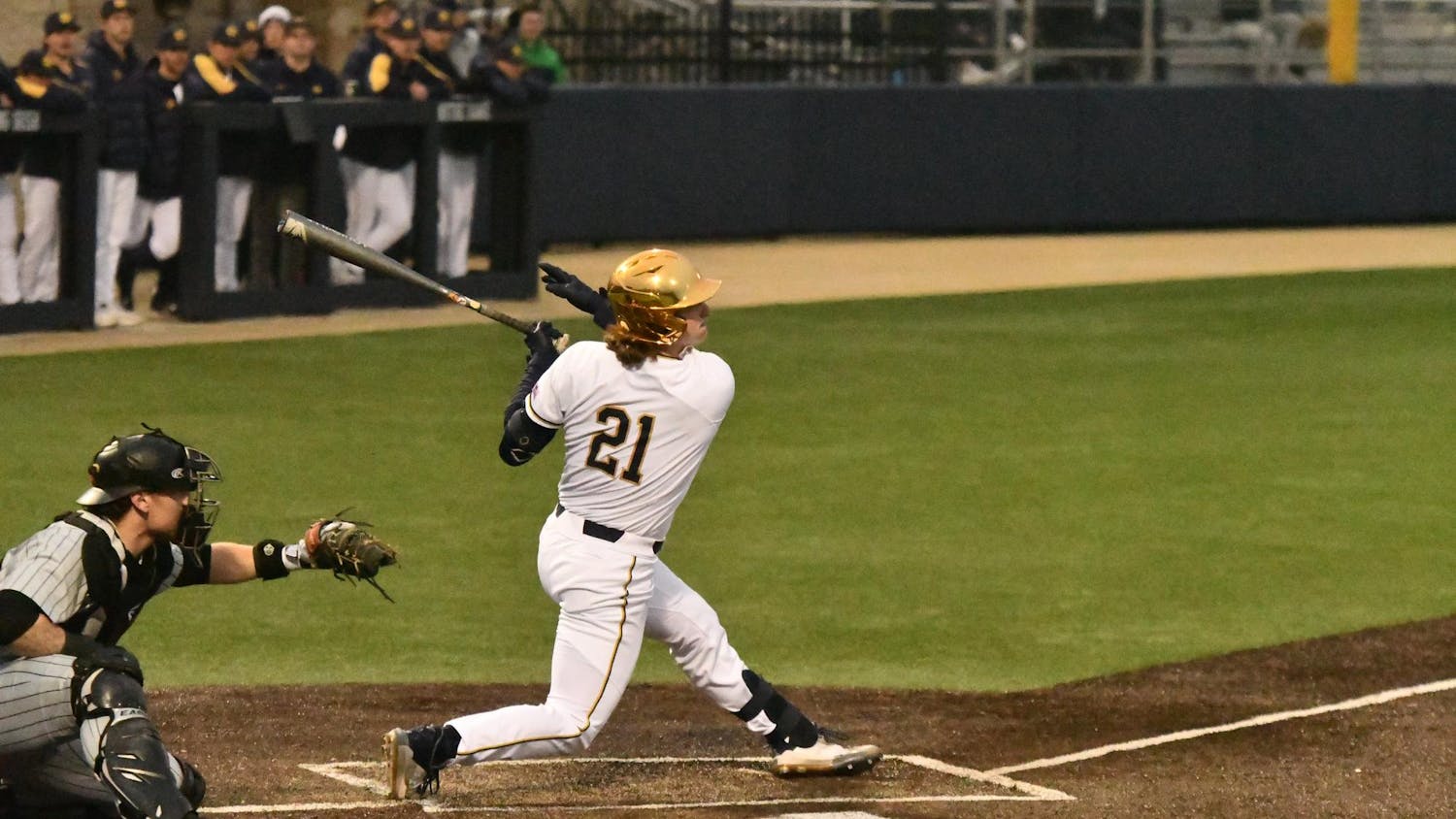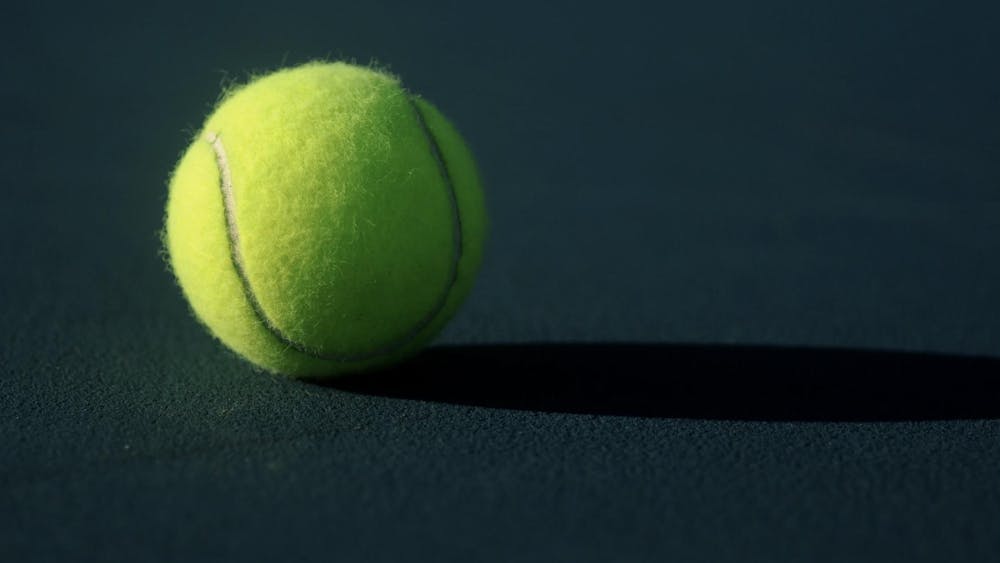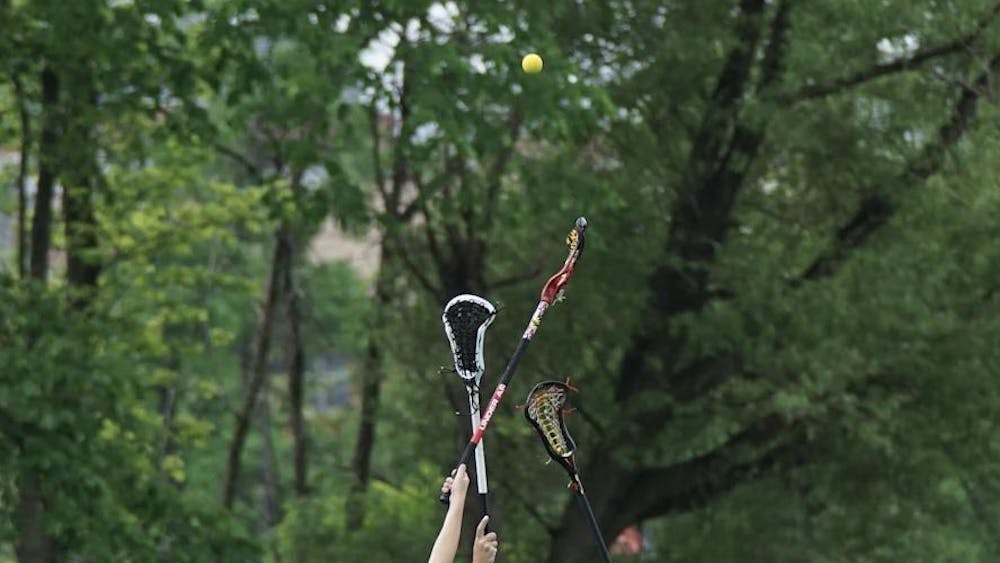March Madness is officially over and if you’re like me (and pretty much everyone else), those brackets you made, especially for the men’s tournament, didn’t go so well. Most people pick their brackets pretty closely to the seeding. If you don’t like Marquette, maybe you had them losing earlier than their seeding suggested. Or, maybe you happened to see that one game where Indiana played really well, so you have them in your Elite Eight. Other than that, because very few people have the time to watch enough games of each team, they pick according to the rankings.
There were over 20 million men's brackets made on ESPN this year. By the end of the 25th game, there were no perfect brackets left. Fairleigh Dickinson (FDU) stunned the college basketball world by beating Purdue in the first round, becoming the second team in history to knock out a No. 1 seed in the first round. But the upsets didn’t stop there. No. 15 Princeton beat No. 2 Arizona and No. 7 Missouri in the first and second rounds. No. 8 Arkansas took care of No. 1 Kansas. The final No. 1s, Houston and Alabama, were eliminated by No. 5 seeds Miami and San Diego State, respectively, in the Sweet Sixteen.
Then, there we all were, watching a No. 4, two No. 5s and a No. 9 in the Final Four, scratching our heads and wondering how we all could’ve been so wrong. And even more importantly, how could the selection committees have been so wrong with the seeding?
So what did happen? Were the bigger, historically-better schools given the benefit of the doubt in seeding? Should strength of schedule been more seriously considered by the selection committee? Or, are the teams in the tournament just much more evenly matched now than in the past?
Let’s look at a few teams to try and figure out what happened.
Florida Atlantic, one of the Cinderella schools of this year, reached the Final Four as a No. 9. They were 35-3 before losing to San Diego State. Their most recent defeat had come on Feb. 16. Now granted, looking at the quality of their opponents in Conference USA, I’m definitely not getting nervous. But winning 35 games in a season means all those little late-game slip-ups and uh-ohs that we see from most other teams didn’t really happen, which gave them the opportunity to really gain an understanding of how to play together.
Tennessee was a No. 4 seed who was knocked out by FAU in the Sweet Sixteen. They went 25-11 this season, beating tournament teams like Southern Cal, Kansas, Maryland, Texas, Arkansas, Auburn and Alabama. They also lost to a lot of tournament teams, including Missouri (twice), Kentucky (twice), Texas A&M and Auburn. Their second loss to Missouri eliminated them from the SEC tournament in the quarterfinals. So, was Tennessee just a team that had some good days and some bad days, and was the loss to FAU simply a bad day? From Feb. 1 until the start of the NCAA Tournament, they went 5-7.
San Diego State, this year’s runner-up, went 32-7 this year and lost just once in February.
Purdue, embarrassed by FDU, went 29-5 before the NCAA Tournament and won the Big Ten Tournament. Four of those five losses came in February.
Texas went 6-5 leading up to the Big 12 Tournament, despite having only lost three other games previously.
UConn, our national champions, went 31-8 this season. They lost one game in February (to Creighton) and lost to Marquette in the semifinals of the Big East Tournament.
Starting to see a pattern? Teams that win a lot in February tend to win a lot in March. Now, this isn’t a perfect science. It doesn’t account for the performance of teams like FDU, Marquette and Houston. Sometimes a team just clicks at the last minute, or cracks under the bright lights.
The results of this year’s tournament should change the way both we and the selection committee make brackets and determine seeding, though. The “historically good” schools are no longer able to skate past small-conference teams into the later rounds. This does mean that seeding is a much harder job (one I’m interested in if the NCAA is hiring, by the way) than it used to be. Strength of schedule, overall record and recent record all need to be considered. Teams are made of people, so they often change from week to week. Recent success and failure need to be accounted for in order for the committee to produce at least semi-accurate seedings.
And as for the rest of us, we clearly just need to pick better.













